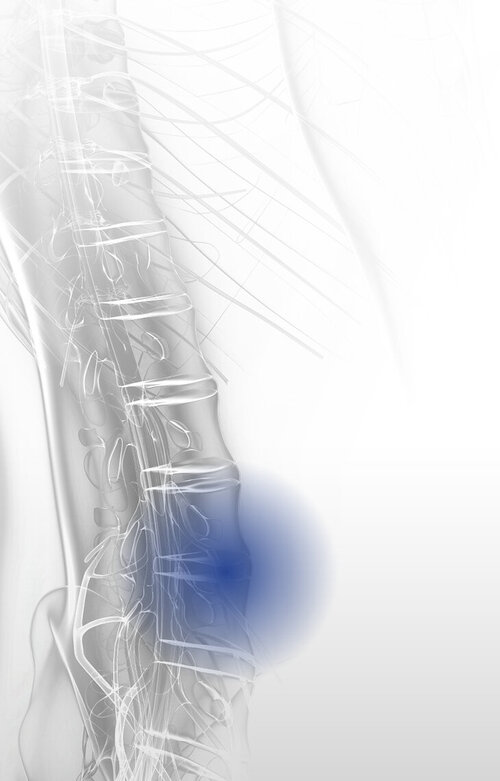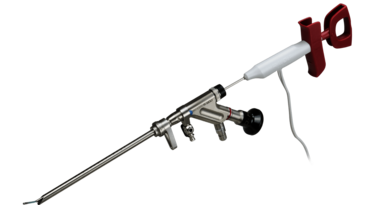Regenerative Spinal Therapy
The Facet-/ SI-joint syndrome is a degenerative spinal condition caused by instability and stress on facet-/ SI-joints. This results in inflammation and spondylarthrosis, resembling arthritis in other joints. It can occur independently or as part of other spinal conditions. Surrounding nerve fibers can become irritated due to inflammation or mechanical stress, causing localized pain without neurological symptoms.
Therpeutic Concept
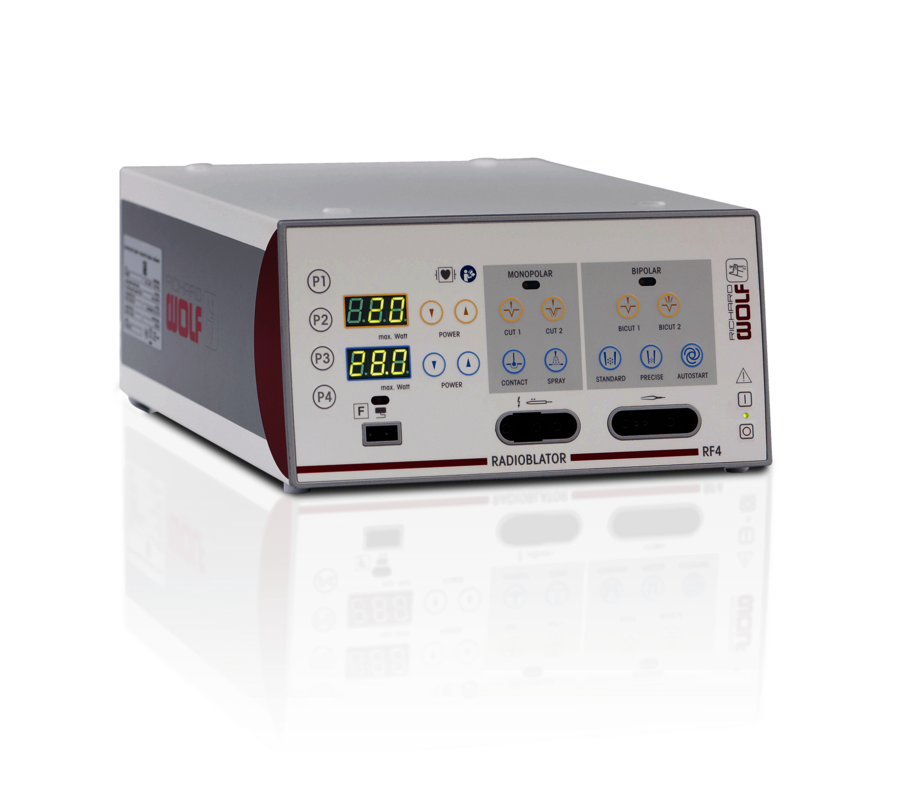
Foundation of Tissue-preserving Coagulation
The Radioblator RF4
The Radioblator RF4 radiofrequency generator, operating at 4 MHz, foundation of tissue-preserving coagulation. Combined with the TipControl RF Electrode, it ensures precise application of radiofrequency energy, enabling effective and controlled treatment.
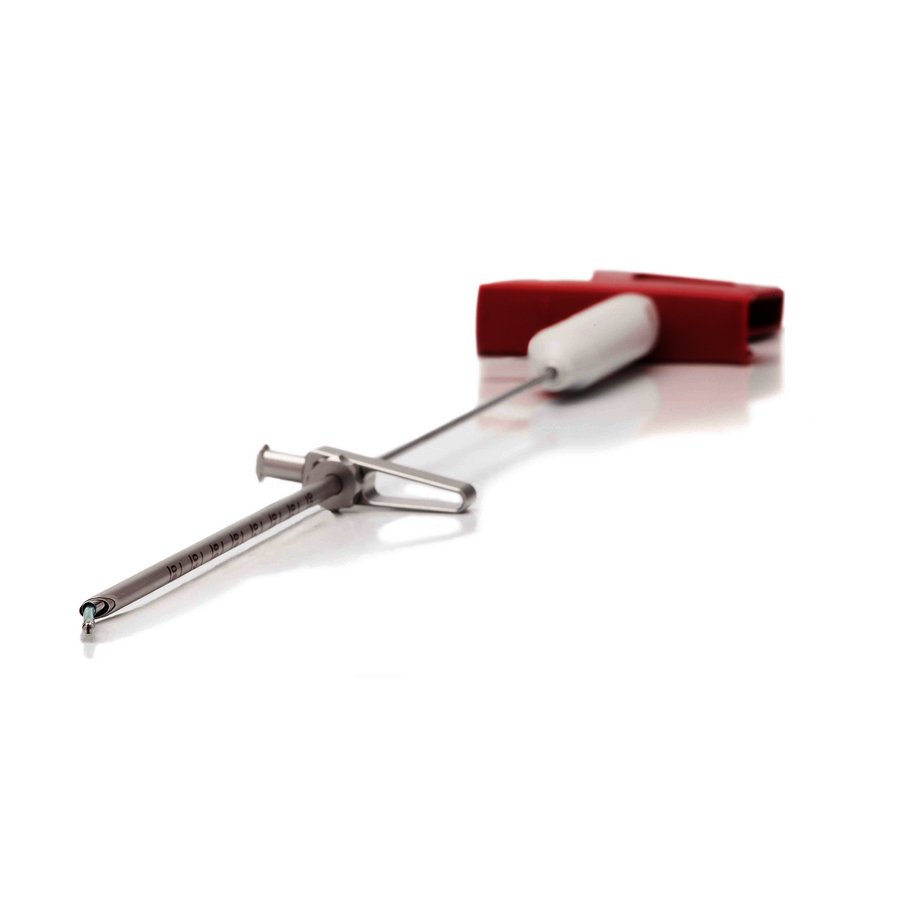
Interventional Percutaneous
4 MHz Radiofrequency Nucloplasty
The PERCULINE nucleo system is designed for vertebral disc nucleoplasty using 4 MHz technology. The Radioblator RF4 generator provides effective tissue-preserving coagulation with precise control.
The TipControl RF Electrode ensures accurate positioning of the radiofrequency energy.
The system's features, including focused energy application, tissue cooling, and reusable instruments, make it both efficient and minimally invasive.
Note: This video contains medical images and scenes containing blood, which may be disturbing to some viewers.
Note acknowledgedHigh-quality Products
See Matching Systems
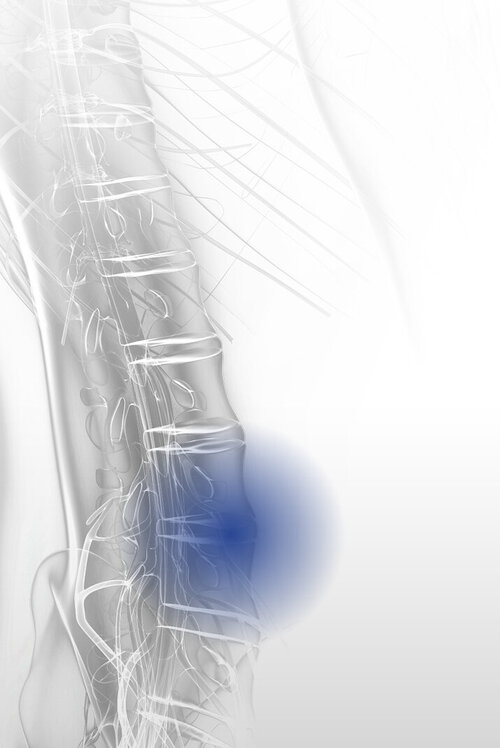

PERCULINE
joint
An universal instrument system for percutaneous denervation of the facet and sacroiliac joint.
More information